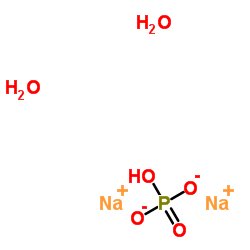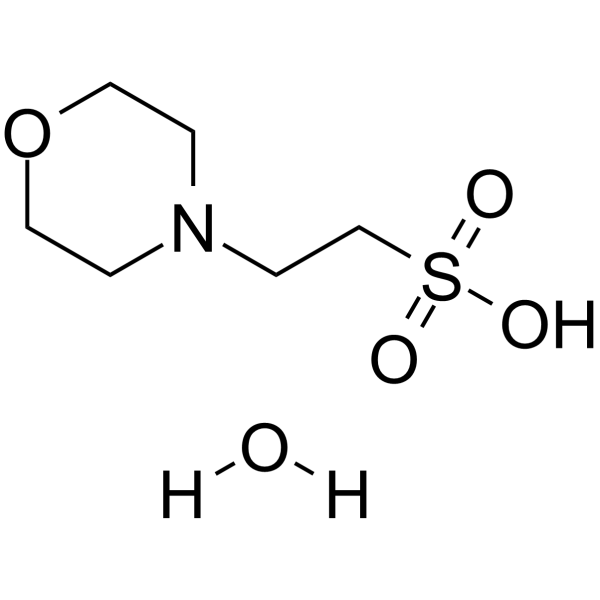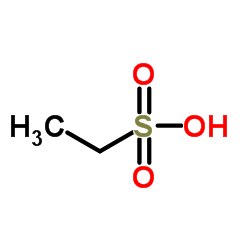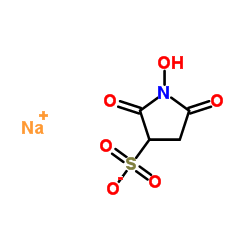| Structure | Name/CAS No. | Articles |
|---|---|---|
 |
Sodium hydroxide
CAS:1310-73-2 |
|
 |
Sodium hydrogen phosphate hydrate (2:1:2)
CAS:10028-24-7 |
|
 |
sodium dodecyl sulfate
CAS:151-21-3 |
|
 |
3-Ethyl-2,4-pentanedione
CAS:1540-34-7 |
|
 |
MES hydrate
CAS:1266615-59-1 |
|
 |
2-(N-Morpholino)ethanesulfonic acid monohydrate
CAS:145224-94-8 |
|
 |
Ethanesulfonic acid
CAS:594-45-6 |
|
 |
N-Hydroxysulfosuccinimide sodium
CAS:106627-54-7 |